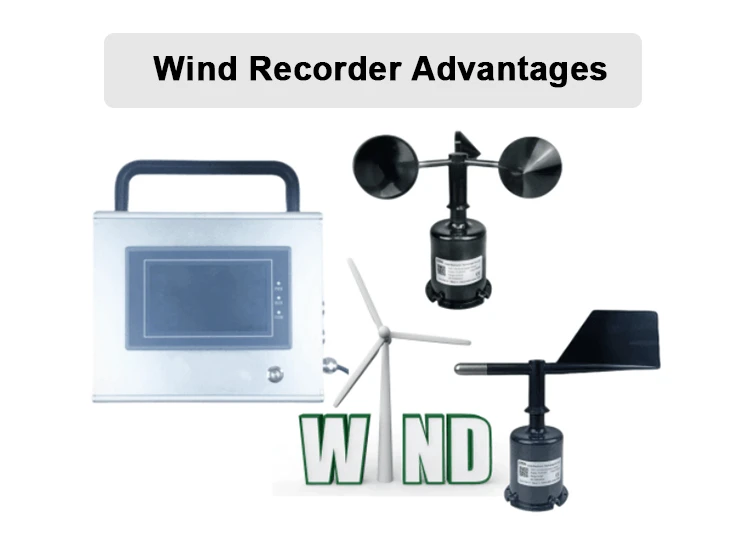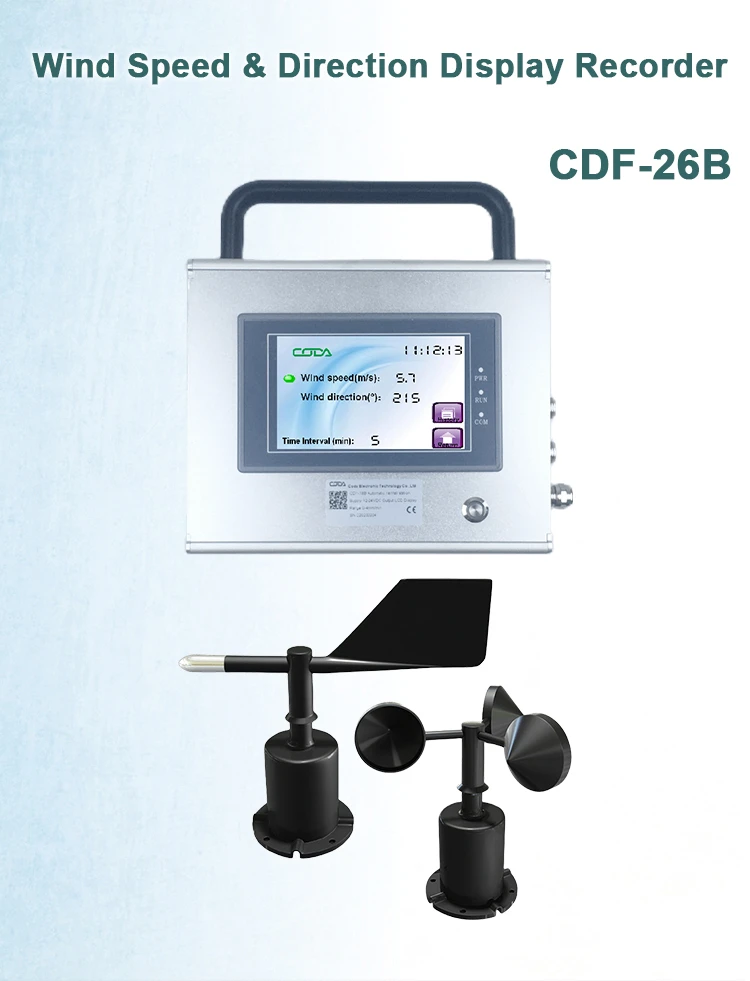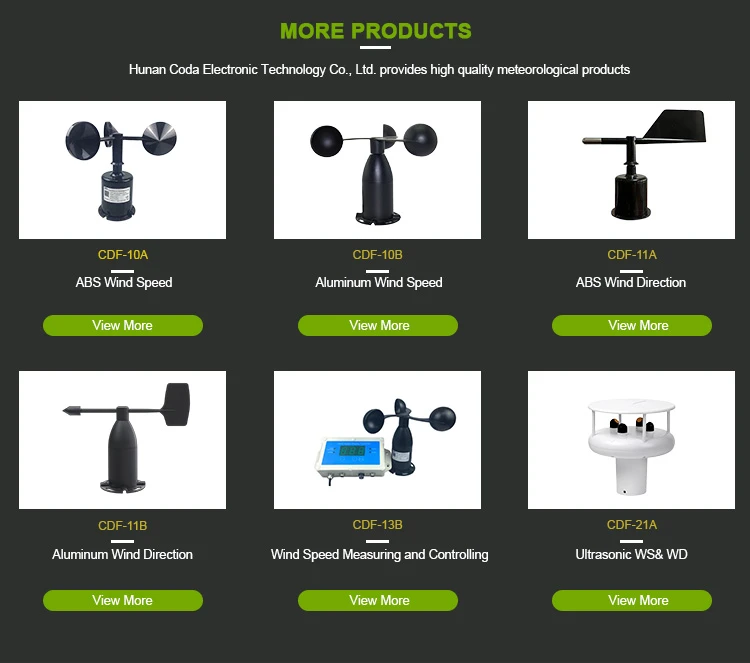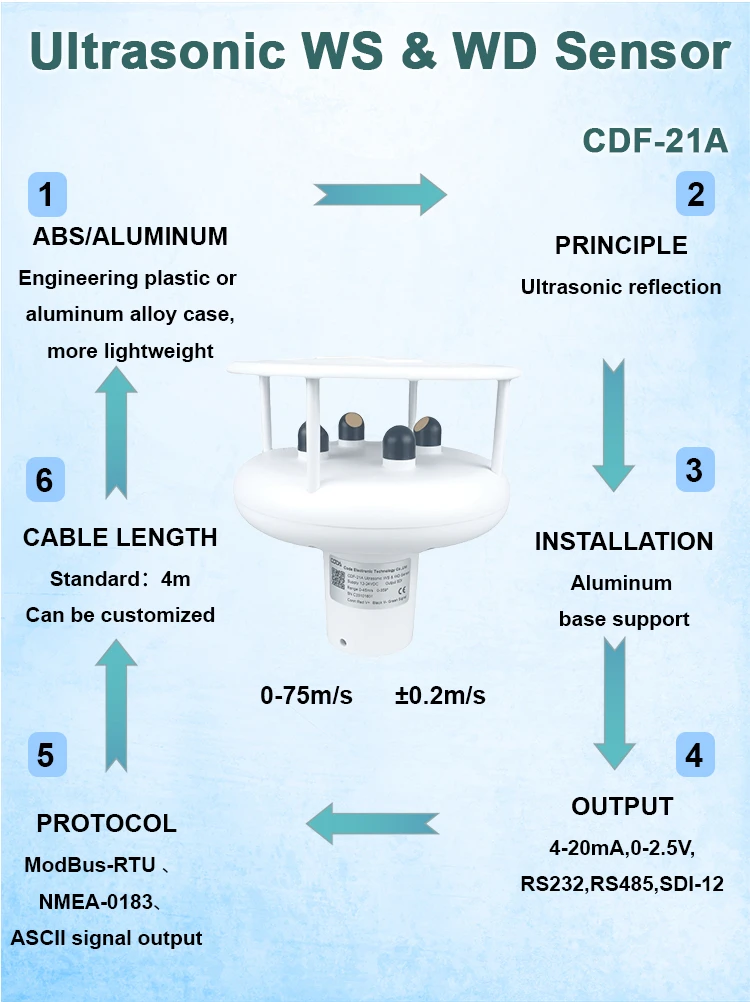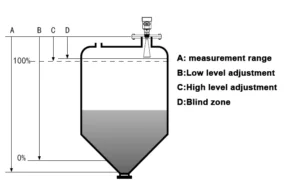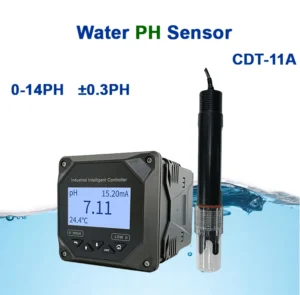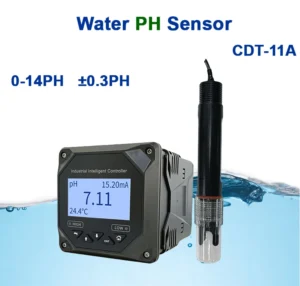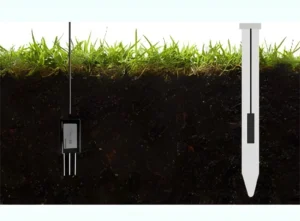Wind Gauge Anemometer: Unveiling the Power of the Wind
Introduction
A digital anemometer, is an important tool. It measures how fast the wind blows and sometimes its wind vanes. From weather forecasting to aviation, renewable energy production, and maritime navigation, wind gauge play a vital role in numerous industries and activities. Knowing how wind sensor work, their types, and their uses is important for anyone who wants to use or predict wind power.
How Wind Gauge Work
Wind sensors work on different physical principles based on their type. One common type is the cup anemometer.
This device has three or four round cups. The cups are on horizontal arms. These arms connect to a vertical shaft.
When the wind blows, the cups catch the air. The force of the wind makes the cups rotate around the shaft. The speed of rotation depends on the wind readings speed.
Sensors in the anemometer measuring wind speed change the spinning motion into an electrical signal. The system processes the signal and displays it as average wind speed readings.
Another type is the vane anemometer. Anemometer is an instrument that measure wind speed and can also find wind direction. The vane is a flat, rectangular piece. This design allows it to move easily. It turns to face the wind, just like a weather meters vane.
You can find the wind direction by measuring the angle of the vane with a fixed point. At the same time, another device measuring air wind speed. It does this using a set of blades or a thermal sensor.
Thermal anemometers work based on heat transfer. They have a heated part. When the wind blows over it, it takes away heat. The amount of heat lost depends on the wind speed.
Measuring heat loss helps us find the wind speed. These anemometers are very sensitive. They can accurately measure low wind speeds. However, they can be more complex and more expensive than mechanical types.
type of anemometer Wind Gauge
Cup Anemometers
Cup anemometers are popular because they are simple and strong. They can be used in many places, from weather stations to factories.
Their simple design makes them easy to care for and adjust. However, they may not be very accurate at low wind speeds. They also do not measure wind direction directly without an extra part like a vane.
Vane Anemometers
Vane anemometers are popular for measuring wind velocity and direction. You can often find them at weather stations, airports, and on ships.
Their skill in quickly finding wind direction makes them very useful. This is important for things like aircraft take-off and landing. Wind direction can greatly affect safety and performance.
They can also help monitor the environment. They study wind patterns and how these affect air flow quality and pollution.
Ultrasonic Anemometers
Ultrasonic sonic anemometer to measure wind speed of the wind and direction using ultrasonic waves. They send signals between transducers set at certain angles. The wind changes how long it takes for these signals to travel. By looking at these time differences, we can find out the wind speed and direction.
These anemometers have no moving parts. This reduces wear and tear, making them very reliable and maintenance-free.
They give quick and precise measurements. This makes them useful for tasks that need high accuracy, like wind turbine control. In these systems, getting real-time and accurate wind data is key for improving power generation.
Hot – Wire Anemometers
Hot-wire anemometers are a kind of thermal anemometer. They have a thin, heated wire.
When the wind originates blows over the wire, it cools down. The cooling happens at a rate that matches the wind speed. By measuring the change in the wire’s temperature or resistance, we can find out the wind speed.
These anemometers are very sensitive. They can measure low-speed airflows. This makes them useful in labs for fluid dynamics research. They are also helpful in some industries that need precise air movement measurements.
Applications of Wind Gauge Anemometer
Weather Forecasting
Anemometer are essential tools in weather forecasting. Meteorologists use data from anemometers at weather stations around the world. They build models to predict weather patterns.
Wind speed and direction are important for how air masses move. They also affect storm formation and the weather in a region.
By measuring these factors well, forecasters can provide better weather warnings. This includes warnings for hurricanes, tornadoes, and strong winds. These warnings help keep people and property safe.
Aviation
In the aviation industry, wind gauges are very important for flight safety and efficiency. Pilots must know the wind speed and direction at the airport and during their flight.
Headwinds can raise fuel use and flight time. Tailwinds can help reduce both. Crosswinds can make take-off and landing harder.
Accurate wind data helps pilots adjust and keep control of the aircraft. They set up wind sensors at airports and on planes. They give real-time information to pilots and air traffic controllers.
Renewable Energy
Wind turbines need accurate wind speed and direction measurements to work well. Technicians install wind sensors, such as ultrasonic or cup anemometers, near the turbines. These gauges help track wind conditions constantly.
This data helps change the turbine blades. This increases energy capture and makes sure the turbine runs safely.
By studying the wind patterns in an area, wind farm developers can place turbines better. This helps them generate more electricity.
Maritime Navigation
On ships, wind aerovane measure wind speed and direction. This information is important for navigation, especially in bad weather.
Understanding the wind helps sailors adjust their sails to go faster. It also helps them stay safe. This includes avoiding strong wind gusts or big waves from high winds.
Researchers use wind data in ship-routing algorithms. These algorithms help find safe and efficient routes. They look at how wind affects the ship’s speed and fuel use.
Environmental Research
In environmental research, scientists use aerovane to study how pollutants spread. They also study the movement of dust and pollen. They look at how wind affects ecosystems too.
Scientists study wind patterns to see how pollutants move in the air. This helps them find better ways to improve air quality. They also look at how wind affects plant growth and where plants are found.
They can look at how wind influences animal behavior too. This includes changes in temperature and humidity caused by the wind.
Conclusion
Wind sensor anemometers are essential tools used in many industries. They can measure calculate wind speed and direction accurately. This ability greatly affects weather forecasting, aviation, renewable energy, maritime navigation, and environmental research.
As technology improves, developers make better aerovane. These new gauges provide more accuracy, reliability, and features. It is important to know the different types of wind sensors and how to use them. This knowledge helps you understand the changing wind better.
